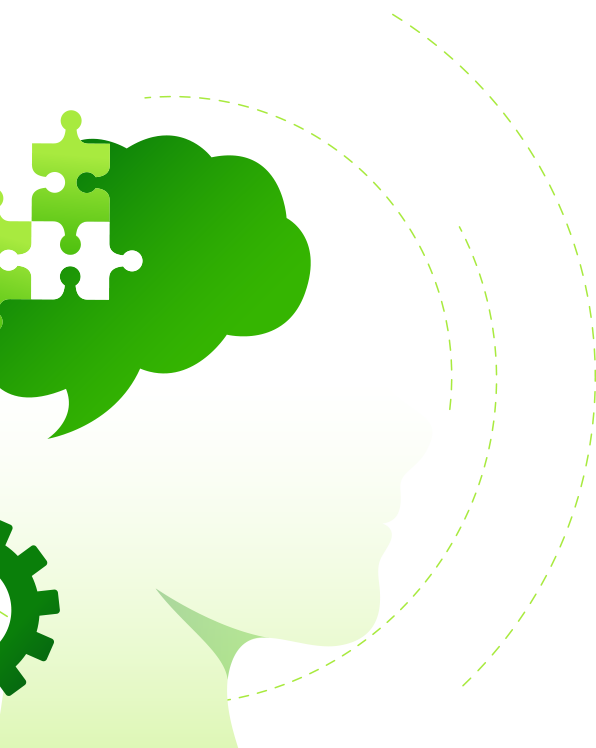
10 Benefits of Remote Therapy you Might Never Have Considered

1. Choice
Remote help means there are 4 ways you can work with a therapist:
- Online / video call
- Phone Call
- Instant Message
This means that you can choose a way of working that most suits your situation, and personal preferences.
And More Choice
Before 2020 a majority of people would typically access a therapist close to where they lived. This would keep cost/travel both reasonable and manageable.
Now that so many therapists have trained to offer remote-therapy you have access to a much bigger pool of therapists / counsellors / psychotherapists. The benefits of this include:
- Being able to choose a therapist you really connect with.
- Being able to choose a therapist that specialises in working with the issues you are experiencing.
- Being able to ‘shop around’ without hours of wasted travel time.

2. Improved Access
The likelihood is that if you’ve chosen to access therapy remotely, you’ll be able to start seeing someone within a matter of days.
If you are limited to only a few local therapists with busy schedules, or if you are relying on NHS services, you might wait months before your first proper session.
Remote therapy means that you can access support almost immediately.

3. The Benefits of your Own Environment
For many people, their home is a place that offers a sense of comfort and safety. This can benefit your therapy in the following ways:
- Reduces the nervousness surrounding meeting someone new.
- Minimises your exposure to unfamiliar surroundings.
- Increases your sense of physical safety.
- For people who experience anxiety when ‘getting ready’, you can turn up to a session just as you are, and no one will be any the wiser (phone, message and email sessions).
- Pick the spot you feel most relaxed in, and increase your experience of physical comfort.
- Tailor the space accordingly (seating, lighting, cushions, access to water etc).

4. Flexibility
Remote therapy means your sessions can be fitted around the complexities of your life:
- You don’t need to arrange childcare.
- You don’t need to rush back to let the dog out.
- You can book a session on your lunch break (if you’re working from home).
- Access is increased for people with physical disability or illnesses.

5. Increased Privacy
- For people who want to want to keep their therapy a secret, it removes the possibility of being seen arriving or departing from a session.
- For people who don’t want to live in the same town as their therapist, it can significantly reduce the likelihood of a chance public encounter.

6. Timeliness
When leaving the house to attend a face-to-face session there are all manner of things that can hold you up. To minimise this people often give themselves extra time to travel and arrive early. Naturally, this takes even more time out of their day. When working remotely these challenges are significantly reduced.
If you struggle with timekeeping and organisation, the reduced pressure of remote sessions can really help.

7. No Wasted Time
Sometimes people can need almost the same amount of time as their session to get ready, travel, park, arrive, and return home afterwards. With a remote session, apart from a little window of time to mentally prepare, and to process at the end, you can slot a session neatly into your day.

8. Connection and Rapport
One of the biggest misconceptions surrounding remote therapy is the idea that a connection between the therapist and client will be less than that experienced in a face-to-face setting. Although some elements will be impossible to recreate, our senses and perceptiveness will adapt. For example, where you might have relied heavily on seeing body language, you’ll now focus on voice tone, facial expressions, and eye patterns. Your brain will do this work for you and you’ll quickly strike rapport.
Similarly, in written sessions you’ll adjust to focusing on the tone of the words, the use of punctuation, emojis etc, and connectedness will still be expressed in a way that is relatable.

9. New Therapeutic Discoveries
Therapy reveals parts of your psyche that were previously outside of your consciousness. Remote therapy offers this too, in new and interesting ways. Some people open up more freely because they feel protected by the equipment (phone / P.C.) and some people find the technology a challenge. Either way this in itself provides therapeutic material that you can explore with your therapist.
Another example of this is the location of your session. Remember I said in point 3 that you choose the setting, well think about how much this can bring to the work. In video sessions, you’ll be sharing a glimpse into your world that can’t be recreated in a traditional session. This also opens up scope for conversations and exploration that you might not otherwise have. What I’m trying to say here is that remote therapy brings new dimensions to the work, which automatically add to a person’s therapeutic discoveries and awareness.

10. Unique Benefits
Each method of remote therapy offers something different:
- Online therapy is the closest simulation to a face-to-face appointment, increasing access for people.
- Telephone therapy removes the pressure of ‘being seen’ and builds a relationship through sound, tone, and voice.
- Message therapy offers a sense of informal communication, closer to how you might engage with a peer.
- Email therapy is great for people who like to journal, or who take longer to process and reflect.
It’s important to remember that you aren’t restricted to one way of working.
You might start out with a particular preference but as the work progresses, you might decide you’d like to try one of the other options. This is something you can discuss and arrange with your therapist. This extends to working in person.


